I'm attempting to do some image analysis using OpenCV in python, but I think the images themselves are going to be quite tricky, and I've never done anything like this before so I want to sound out my logic and maybe get some ideas/practical code to achieve what I want to do, before I invest a lot of time going down the wrong path.
This thread comes pretty close to what I want to achieve, and in my opinion, uses an image that should be even harder to analyse than mine. I'd be interested in the size of those coloured blobs though, rather than their distance from the top left. I've also been following this code, though I'm not especially interested in a reference object (the dimensions in pixels alone would be enough for now and can be converted afterwards).
Here's the input image:
What you're looking at are ice crystals, and I want to find the average size of each. The boundaries of each are reasonably well defined, so conceptually this is my approach, and would like to hear any suggestions or comments if this is the wrong way to go:
- Image in RGB is imported and converted to 8bit gray (32 would be better based on my testing in ImageJ, but I haven't figured out how to do that in OpenCV yet).
- The edges are optionally Gaussian blurred to remove noise
- A Canny edge detector picks up the lines
- Morphological transforms (erosion + dilation) are done to attempt to close the boundaries a bit further.
At this point it seems like I have a choice to make. I could either binarise the image, and measure blobs above a threshold (i.e. max value pixels if the blobs are white), or continue with the edge detection by closing and filling contours more fully. Contours seems complicated though looking at that tutorial, and though I can get the code to run on my images, it doesn't detect the crystals properly (unsurprisingly). I'm also not sure if I should morph transform before binarizing too?
Assuming I can get all that to work, I'm thinking a reasonable measure would be the longest axis of the minimum enclosing box or ellipse.
I haven't quite ironed out all the thresholds yet, and consequently some of the crystals are missed, but since they're being averaged, this isn't presenting a massive problem at the moment.
The script stores the processed images as it goes along, so I'd also like the final output image similar to the 'labelled blobs' image in the linked SO thread, but with each blob annotated with its dimensions maybe.
Here's what an (incomplete) idealised output would look like, each crystal is identified, annotated and measured (pretty sure I can tackle the measurement when I get that far).
Abridged the images and previous code attempts as they are making the thread overly long and are no longer that relevant.
Edit III:
As per the comments, the watershed algorithm looks to be very close to achieving what I'm after. The problem here though is that it's very difficult to assign the marker regions that the algorithm requires (http://docs.opencv.org/3.2.0/d3/db4/tutorial_py_watershed.html).
I don't think this is something that can be solved with thresholds through the binarization process, as the apparent colour of the grains varies by much more than the toy example in that thread.
Edit IV
Here are a couple of the other test images I've played with. It fares much better than I expected with the smaller crystals, and theres obviously a lot of finessing that could be done with the thresholds that I havent tried yet.
Here's 1, top left to bottom right correspond to the images output in Alex's steps below.
And here's a second one with bigger crystals.
You'll notice these tend to be more homogeneous in colour, but with harder to discern edges. Something I found a little suprising is that the edge floodfilling is a little overzealous with some of the images, I would have thought this would be particularly the case for the image with the very tiny crystals, but actually it appears to have more of an effect on the larger ones. There is probably a lot of room to improve the quality of the input images from our actual microscopy, but the more 'slack' the programming can take from the system, the easier our lives will be!











